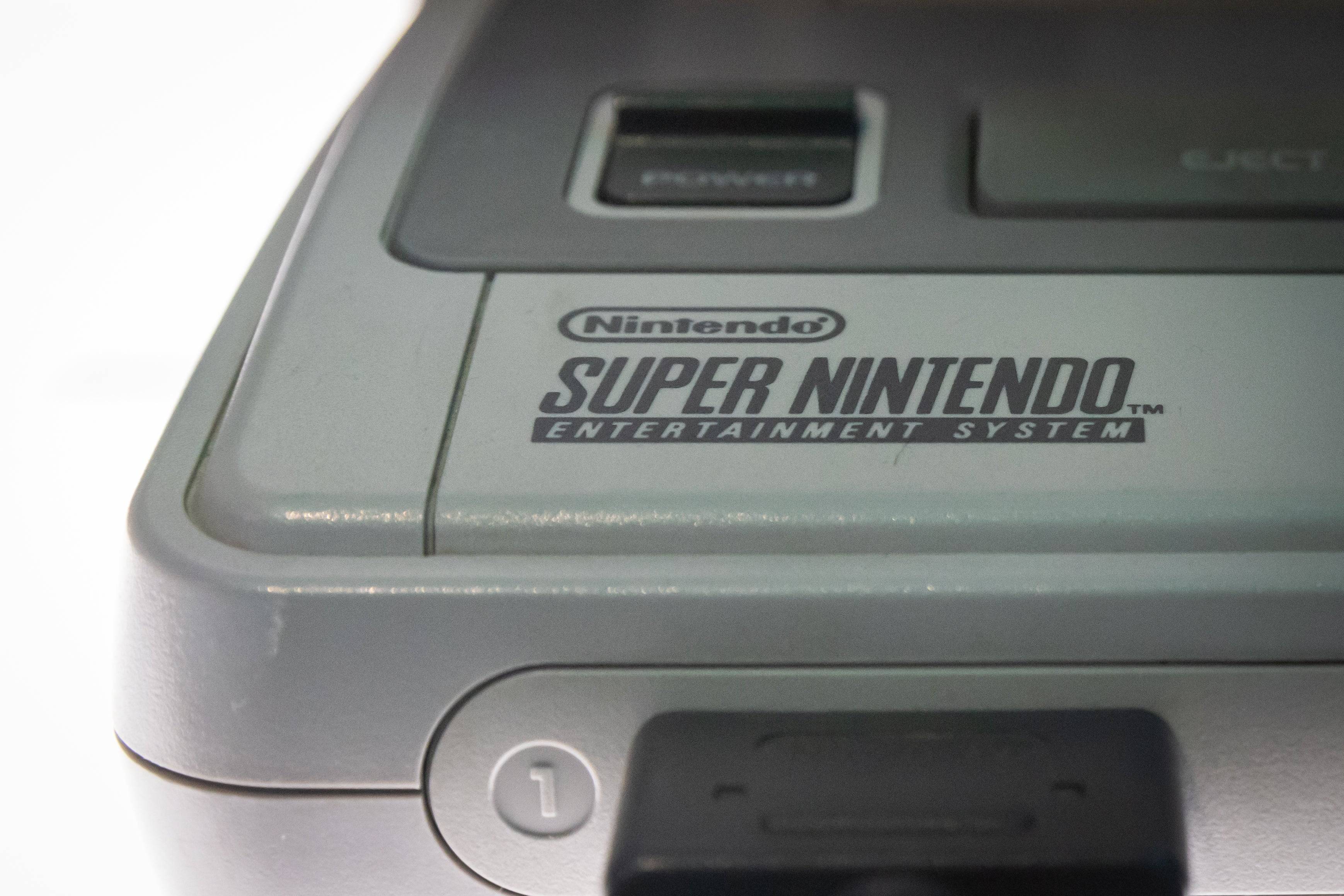The speedrunning community is buzzing with excitement over a peculiar phenomenon that seems to be making the Super Nintendo Entertainment System (SNES) run games faster as it ages. In early February, Alan Cecil, a user on Bluesky known as @tas.bot, sparked widespread interest by suggesting that the iconic console is now performing better than when it first rolled off the production lines in the 1990s. This theory could mean that the nearly 50 million SNES units sold worldwide might now offer enhanced gameplay experiences for classics like Super Mario World, Super Metroid, and Star Fox, defying the usual expectation of technological degradation over time.
The notion that a video game console could improve its performance simply due to aging sounds far-fetched, yet Cecil's research points to a specific component as the potential cause: the SNES's audio processing unit (APU) SPC700. According to official Nintendo specifications, the APU's digital signal processing (DSP) rate is set at 32,000Hz, controlled by a ceramic resonator operating at 24.576MHz. However, retro gaming enthusiasts have noted that these numbers aren't always consistent, with variations influenced by environmental factors like temperature affecting how the console processes audio and interacts with the CPU.
The plot thickens when examining how these DSP rates have changed over the past 34 years. Cecil called on SNES owners to record data from their consoles, and the responses he received—more than 140—revealed a clear trend of increasing DSP rates. While previously recorded averages sat at around 32,040Hz in 2007, Cecil's latest findings indicate an increase to 32,076Hz. Although temperature does influence these rates, its impact is not significant enough to account for the observed changes. As Cecil put it in a follow-up Bluesky post accompanied by a detailed data layout, "Based on 143 responses, the SNES DSP rate averages 32,076Hz, rising 8Hz from cold to warm... Therefore, temperature is less significant. Why? How does it affect games? We do not know. Yet."
Despite these intriguing findings, Cecil acknowledges that further research is necessary to understand not only how much faster the SNES is processing game audio but also the underlying causes. Data on how the consoles performed in their early years is scarce, but for now, it appears that Nintendo's second major home console is aging gracefully as it approaches its 35th birthday.
The potential for the SNES to run games faster has significant implications for the speedrunning community. An SPC700 that processes audio more quickly could theoretically shorten load times, impacting game performance. This could challenge over three decades of leaderboard rankings and records. However, the relationship between APU speeds and visual game speed isn't straightforward. Even in the most extreme scenarios, these new findings might only reduce speedrun times by less than a second. The extent to which different games might benefit from this change remains uncertain, and the speedrunning community's research is still in its early stages. For now, players have little to worry about.
As Cecil continues to explore what makes the SNES tick, the console is seemingly thriving in its 30s. For more insights into the SNES, check out the list of best-selling consoles of all time.
















